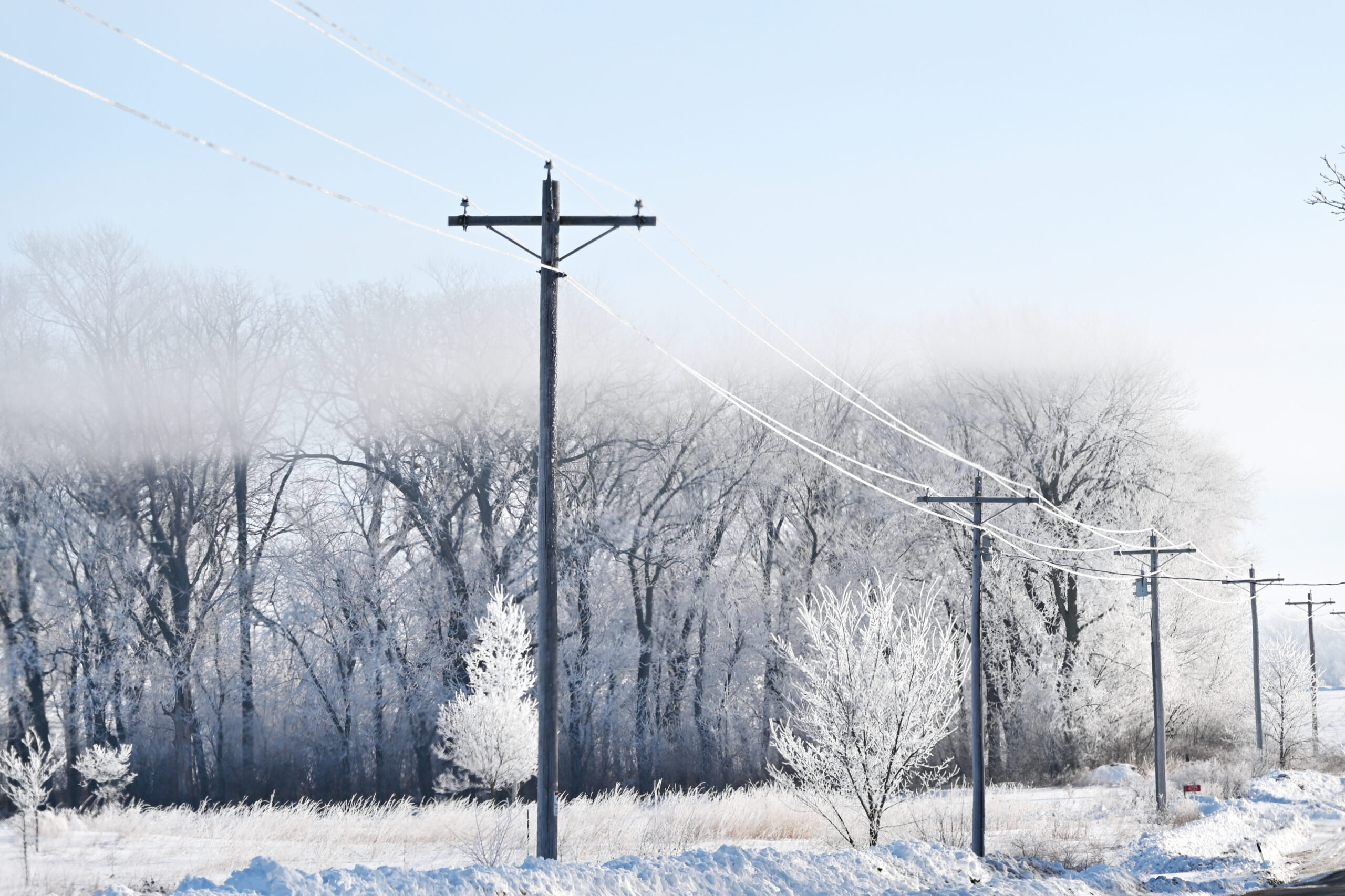Open any article about the electric industry, and you’ll read immediately that energy demand is on the rise. But that point bears repeating, if only to emphasize that the energy landscape is changing. These increases in demand challenge grid capacity and are driven by energy-hungry AI and data center projects, supply chain and tariff issues, and intensifying extreme and volatile weather patterns. Fortunately, utilities can manage these grid capacity challenges with demand flexibility initiatives like virtual power plants, demand response, and EV charging.
At Virtual Peaker, we believe in the power of demand flexibility initiatives to address grid capacity issues. That’s why we’re celebrating Demand Flexibility Day with the Association of Energy Services Professionals (AESP), to help further spread awareness of the potential of demand flexibility initiatives.
What is Grid Capacity Planning?
Grid capacity refers to the overall volume of energy that the grid can reliably deliver. Grid capacity refers to the maximum amount of power generation available for the entire power system and is limited by the availability of transmission and distribution lines to reliably transmit energy. As the name implies, grid capacity planning is an effort to forecast energy needs through real-time and historical analytical data. This process is crucial in keeping up with not only rising and increasingly erratic demand needs. Grid capacity planning may include both planning for potential capacity needs and the integration of new energy sources, a process that can take years due to a lengthy grid interconnection queue.
PPAs on the Rise
Power purchase agreements (PPAs) are contracts typically between utilities or government bodies with energy providers that pre-negotiate prices for a set duration of time. Given market, legislative, and regulatory pressures, PPAs are rising, which means higher operational costs for utilities. PPAs are an integral part of grid capacity planning, as they determine the baseline costs to expect during contractual periods. While demand flexibility initiatives cannot wholly solve these challenges, they can alleviate peak energy demand pressures during grid events, lowering energy market purchases, while simultaneously defraying overall energy market costs by decreasing aggregate demand.
How Demand Flexibility Helps Grid Capacity Planning
Demand flexibility is a blanket phrase that identifies numerous load management strategies under one umbrella. Through the use of a distributed energy resource management system (DERMS), demand flexibility programs aggregate distributed energy resources (DERs) like solar, battery energy storage systems, electric vehicles and EVSE chargers, and smart home devices like thermostats and water heaters.
DERMS come in two different shapes: Grid DERMS and Grid-Edge DERMS. Grid DERMS manage utility-held DER assets like solar and battery installations. Grid-Edge DERMS manage behind-the-meter DER assets found in places like residential, commercial, and industrial properties. Between a lengthy grid interconnection queue and supply chain and tariff challenges, utility-held DER projects have become more expensive.
While the utility-held DER assets that grid operators typically rely on to help meet demand may be especially susceptible to market and legislative pressures, behind-the-meter DERs are becoming increasingly valuable to utilities. Using Topline Demand Control (TDC), which combines AI, model predictive control, forecasting software, and a Grid-Edge DERMS to optimize individual DER assets at the device level, allowing for granular control while yielding a reliable outcome: grid operators request X demand, and TDC optimizes to realize that outcome.
As such, behind-the-meter DER assets have become increasingly viable and useful, which affords enterprising utility operations the opportunity to shift communally-generated load to where and when it’s needed to support grid capacity planning needs by preparing for tomorrow with a reliable resource: customer DER assets. These demand flexibility strategies can manifest in several ways. Let’s take a look.
Conservation
Programs like demand response, EV charging, or BYOD programs are designed to shift load to off-peak hours of consumption. While demand response initiatives were initially realized through the use of one and later two-way radio switches, greatly expanded access to WiFi and broadband, and the Internet of Things (IoT) have made device control quick, easy, and seamless. Practically, these programs function by decreasing device usage to lower overall energy consumption, thus alleviating grid constraints.
– Syd Bishop, Sr. Content Specialist, Virtual Peaker
Demand response programs alone had more than 10.3 million customers enrolled in 2022, which yielded one terrawatt-hour of energy conserved. The energy conserved from demand response programs represents money not spent, for instance, where utilities neither needed to purchase electricity from the energy market at peak energy purchases nor to fire up a dirty and expensive peaker plant. Likewise, these programs defray costly infrastructure upgrades by deferring usage to critical systems during grid events to decrease grid congestion. Ultimately, conserving energy supports grid capacity planning by decreasing overall energy consumption.
Redistribution
Through the use of solar inverters, battery energy storage systems, or V2G functionality, utilities can aggregate DER assets to redistribute communally generated energy back into the grid. These demand flexibility programs access ambiently stored energy or, in the case of solar, energy generated in real-time, to redistribute that power back into the grid during peak events. Whether for conservation or redistribution, program participants are incentivized to enroll and participate, providing reciprocity with customers: people are more likely to participate if they are incentivized, meaning everyone wins.
Energy Arbitrage
A third use for demand flexibility programs involves energy arbitrage. Energy arbitrage is the strategic purchasing of energy in advance of potential grid events to decrease peak energy market costs. As such, energy arbitrage also supports grid capacity planning by decreasing peak energy costs. This strategy is often realized through battery programs, which have proven successful at minimizing costs during grid events.
Conclusion: How Demand Flexibility Supports Grid Capacity Planning
Already, U.S. grid operators are investing tens of billions of dollars into enhancing the transmission necessary to meet the load. For now, demand continues to increase, fostering a challenge to overall grid capacity, as utilities struggle to keep up. Demand flexibility initiatives can help minimize these costs for utilities, while providing relief to rising customer bills, which is why we celebrate Demand Flexibility Day, not just today but every day: utilities and consumers alike win, while enhancing grid resiliency and defraying mounting operational costs.





